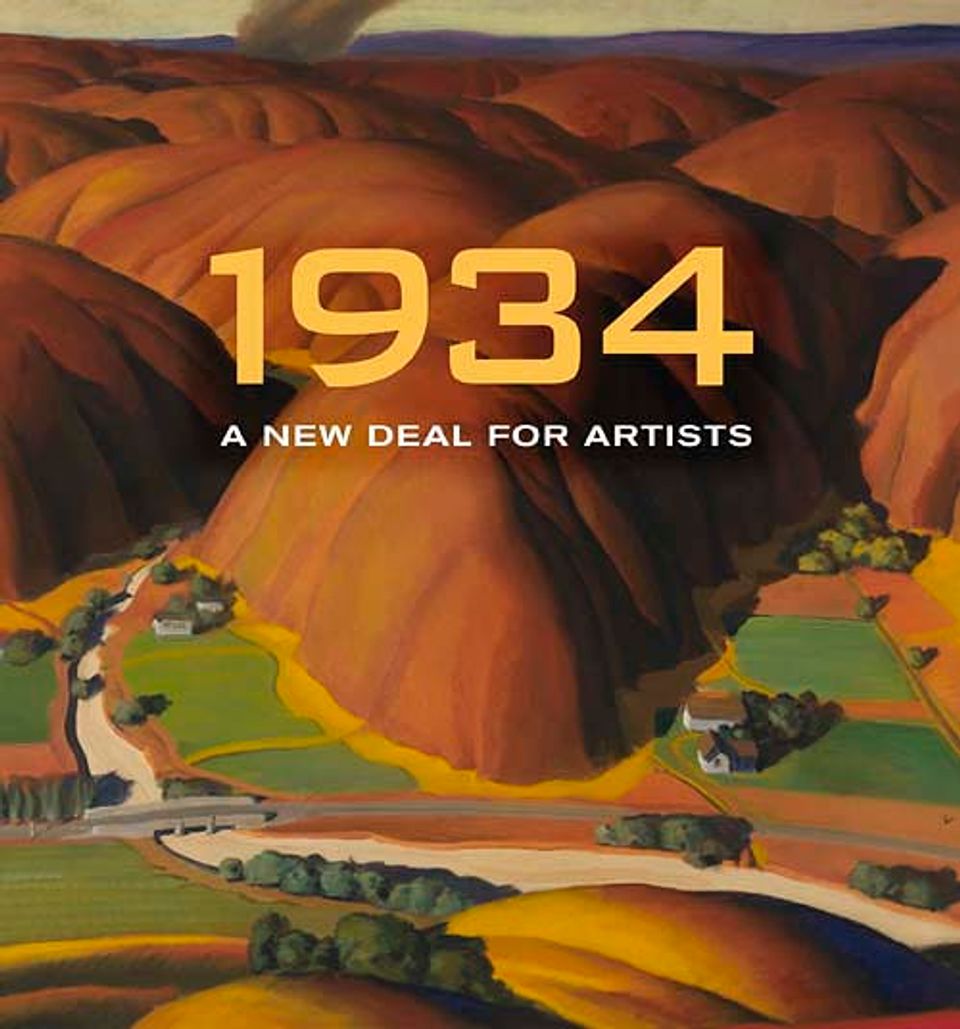Artwork Details
- Title
- Farm
- Artist
- Date
- 1933-1934
- Location
- Not on view
- Dimensions
- 22 x 28 1⁄8 in. (55.9 x 71.5 cm.)
- Credit Line
- Transfer from the U.S. Department of Labor
- Mediums
- Mediums Description
- oil on canvas
- Classifications
- Subjects
- Landscape — farm
- Landscape — season — winter
- New Deal — Public Works of Art Project — Pennsylvania
- Architecture Exterior — farm — barn
- Architecture Exterior — domestic — farmhouse
- Object Number
- 1964.1.140
Artwork Description
The farms around Miller's home in New Hope, Pennsylvania, held the promise of more than sprouting crops. He was only one of the artists and writers attracted to Bucks County by the picturesque scenery. As the Depression pushed down real estate values, New York City theatrical luminaries such as George S. Kaufman and Moss Hart bought newly affordable Pennsylvania farms. They made an old mill into the Bucks County Playhouse. In New Hope, as in artistic centers across the country, the fresh life emerging in the spring of 1934 would be both creative and agricultural.
1934: A New Deal for Artists exhibition label















